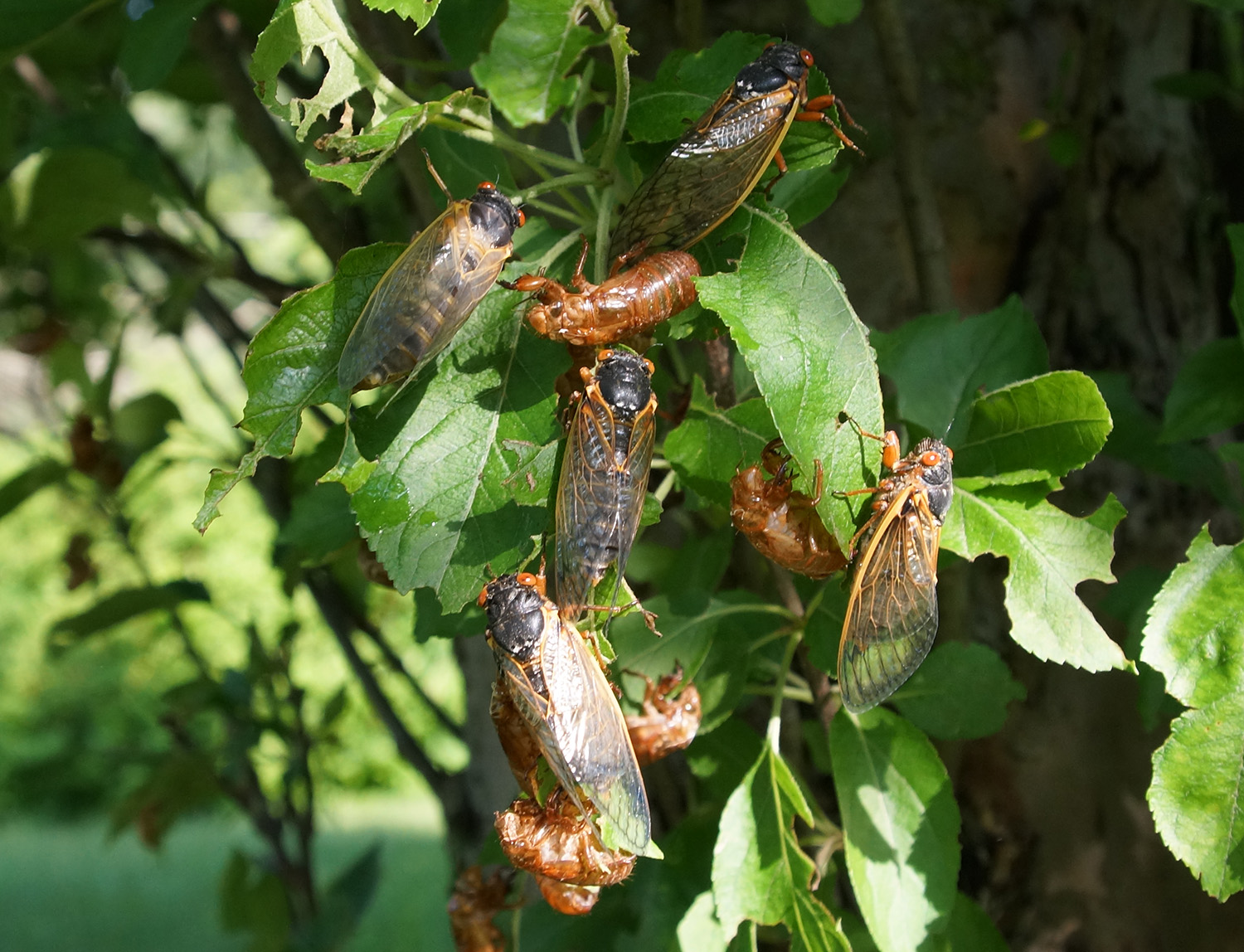Health officials have confirmed that the fox that attacked a Scotland County woman earlier this week had rabies.
The fox tried to bite the woman early Wednesday morning as she walked to her car. The incident occurred in the Leisure Living subdivision off Havelock Drive in Laurinburg.
County health officials did not name the victim, but said that state officials confirmed that the fox had been rabid. It is the first case of rabies in the county this year.
Ashley Cayton said she was headed out to work when she saw what she thought was a dog at the end of her driveway.
"I didn't pay any attention to it," said the 26-year-old Cayton, who works as a newspaper carrier for The Laurinburg Exchange. "The next thing I knew, the animal had grabbed me by the leg and ripped a hole in my jeans trying to bite me."
Cayton said she tried to shake the fox off her leg and finally got away by slamming her leg against the side of her vehicle.
"Once I got it off me, I jumped in my car and called my boyfriend and told him that I had been bitten," Cayton said. "I told him not to come outside, but he didn't listen. He thought it was a dog, but I was pretty sure that it wasn't."
Cayton said her boyfriend, who was armed with a baseball bat, whistled for the animal.
"Nothing happened the first time, but after a second whistle, the fox came out from in front of the car and went after him," Cayton said. "When the fox got close enough, my boyfriend hit it hard and killed him."
Cayton said that the fox "had only grazed her skin", but she immediately went to the hospital to begin rabies treatments. The couple also brought the body of the fox to the hospital so the animal could be tested by the state.
State health officials alerted Cayton and county health officials on Thursday that the fox was suffering from rabies.
